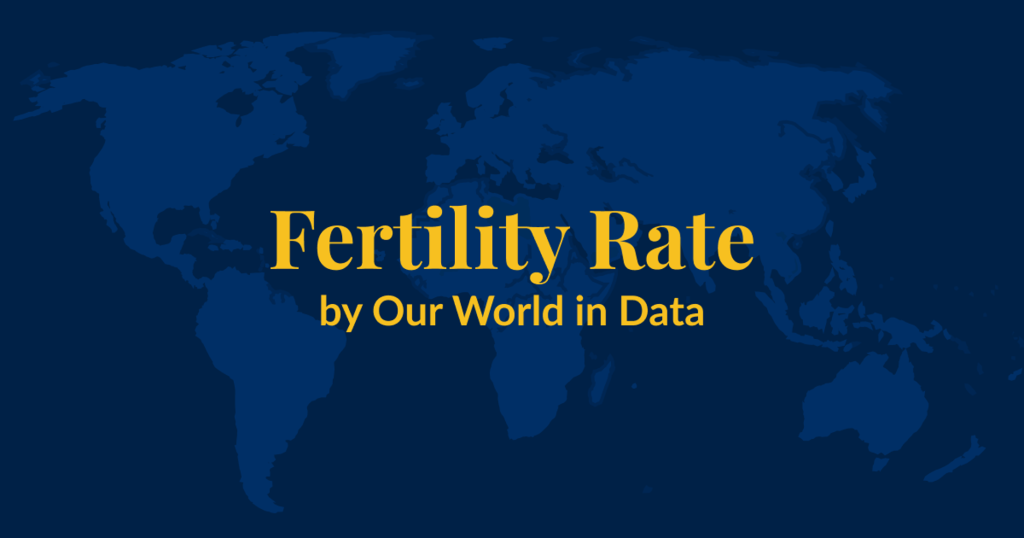Fertility rates vary greatly around the world.
In 2023, the total fertility rate was highest in countries in Africa and central Asia, where most countries had a total fertility rate between 3 to 7 births per woman, and lowest in countries in East Asia, where most countries had a total fertility rate below 1.
However, a share of children die in infancy or early life, which means that the total fertility rate is higher than the number of surviving children per woman.
The map, therefore, shows the “effective fertility rate”, which considers how many newborns are expected to survive until their childbearing age. This data comes from estimates by economists Anup Malani and Ari Jacob.
For example, Niger had a total fertility rate of 6 in 2023, but because of high child mortality rates, 1 in 6 children in the country aren’t expected to survive until adulthood, and the effective fertility rate therefore is 5 children per woman.
The effective fertility rate also shows large differences around the world, but less so than the total fertility rate because high fertility is correlated with high child mortality.
In 2023, the effective fertility rate was between 1.5 and 2 children per woman in most regions. Sub-Saharan Africa, where it was substantially higher, had a rate of 2 to 6 children.
What you should know about this data
- The total fertility rate is a metric that summarizes fertility rates across all age groups of women in one particular year. It captures the average number of births per woman, assuming she experiences the same age-specific fertility rates over her lifetime as the fertility rates seen in each age group in one particular year when she reaches the same age. It’s important to note that this is not a prediction of how many children women will eventually have.
- The effective fertility rate estimates what the total fertility rate would be if it only considered children who survived until their own childbearing age. It estimates the children per woman who would survive until their own childbearing years. It is calculated using historical estimates and projections of child survival rates. Here, we use calculations from economists Anup Malani and Ari Jacob.
- The underlying data is compiled from the Human Fertility Database (HFD), Human Mortality Database (HMD), and the United Nations’ World Population Prospects (UN WPP). For data points before 1950, we use data from the HFD and HMD. From 1950 onwards, we use UN WPP data.
- The HFD prioritizes uniformity in methods and is limited to specific countries and periods where high-quality fertility data is available nationally.
- The UN WPP estimates ages at childbirth in various countries through various methods. In countries where birth registration data with mothers’ ages is often lacking, the underlying data frequently comes from national household surveys, which are then used to estimate fertility rates and ages at childbirth.








